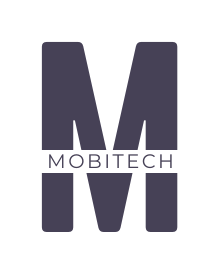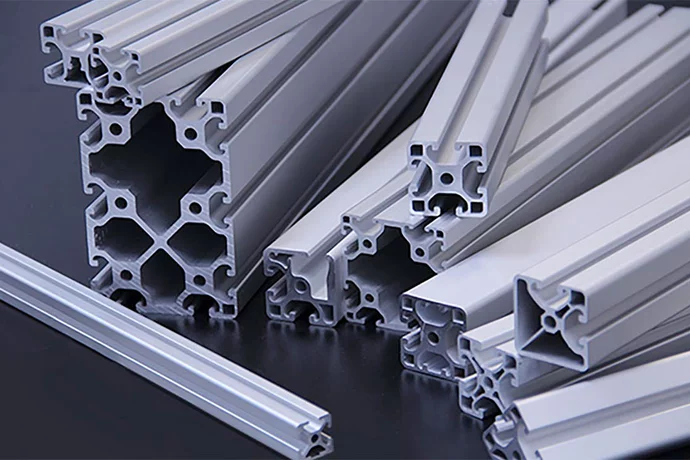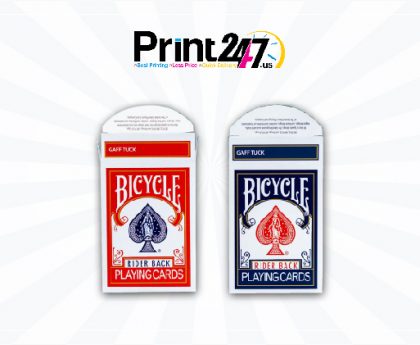The process of aluminum extrusion entails the transformation of aluminum into intricate profiles of uniform cross-sectional geometries, thus rendering it an enormously adaptable and productive method of fabrication. The extensive advantages of this technique have made it highly favored in many fields. In the following piece, we will explore the benefits of using aluminum extrusion and discover the reasons behind its widespread adoption by manufacturers around the globe.
Durable yet Lightweight:
Aluminum extrusion boasts remarkable robustness coupled with its lightweight characteristic, making it one of the most significant advantages. Aluminum is considered an advantageous material in industries where reducing weight is a necessity, like automotive, aerospace, and transportation, as it weighs about one-third the weight of steel. Aluminum extrusions possess exemplary robustness despite their lightweight nature, rendering them capable of withstanding challenging environments and substantial weights.
Adaptability in a design.
The use of aluminum extrusion provides manufacturers with exceptional freedom in their designs, allowing them to produce detailed profiles and modified forms. To obtain the desired shape, an aluminum billet is heated and then forced through a die in a procedure called extrusion. The flexibility of this method enables the creation of intricate shapes such as T-slot extrusions, hollow and semi-hollow designs, and various complex cross-sections. Designers and engineers have the freedom to realize their innovative concepts by being able to create precise and intricate profiles.
The economical method of creating goods or services that saves money without compromising quality is referred to as cost-effective production.
The process of aluminum extrusion is both cost-effective and highly efficient. Aluminum, a plentiful metal, is lightweight and comparatively affordable as opposed to other metals. Furthermore, the process of extrusion reduces the amount of material that is wasted, since any surplus aluminum can be recycled and utilized once more. The quickness and uncomplicated nature of extrusion enhance the efficiency of the production process and decrease expenses related to employment. Additionally, the use of lightweight aluminum extrusions, results in the ease of transportation and installation, thereby leading to more savings in costs.
The ability to resist corrosion
Due to its natural ability to resist corrosion, aluminum is an ideal option for locations subjected to corrosive and outdoor conditions. Aluminum forms a protective oxide layer when it comes in contact with air, which acts as a natural shield against the process of corrosion. The endurance of aluminum extrusions is greatly expanded by its resistance to corrosion, minimizing the necessity for frequent maintenance or replacement. Furthermore, the application of surface treatments such as anodization or powder coating can effectively augment the aluminum extrusions’ ability to resist corrosion.
Superb ability to transfer heat:
With its outstanding heat conductivity, aluminum is a prime selection for uses that demand effective thermal control. Aluminum extrusions can integrate effective thermal management features such as heat sinks, and fins, among others to facilitate efficient heat dissipation. Industries such as electronics, LED lighting, and renewable energy can benefit from this property, as it plays a critical role in ensuring optimal performance and reliability by dissipating heat effectively.
In addition to its ability to conduct heat, aluminum also displays exceptional electrical conductivity. The inherent characteristics of aluminum extrusion profiles render them well-suited for electrically-oriented usage, including but not limited to the formation of conductive tracks, bus bars, and heat sinks for electronic gadgets. Aluminum’s excellent electrical conductivity assists in the proficient conveyance of electricity, ultimately improving functionality and energy conservation in various electrical setups.
Being sustainable and not harmful to the environment
Aluminum extrusion is an environmentally conscious method of manufacturing that aligns with the prevalent focus on sustainability. Aluminum can be recycled completely without any loss, and the amount of energy needed for recycling is notably lesser when compared to the initial manufacturing process. By recycling aluminum, we can not only decrease the amount of energy used but we can also reduce waste and diminish carbon emissions. In addition, aluminum is capable of being recycled endlessly while retaining its qualities, serving as an eco-friendly option for a more environment-conscious tomorrow.
In conclusion, it can be stated that aluminum extrusion is a highly demanded-production technique in various sectors due to its numerous advantages. Aluminum extrusion is a valuable material that offers both durability and lightweight properties, making it a cost-effective solution for various applications. Additionally, it also offers design flexibility ensuring that strength and functionality are not sacrificed. Aluminum is highly valuable and environmentally appealing due to its ability to resist corrosion, conduct heat exceptionally well, and be recycled easily. As technology continues to progress, the utilization of aluminum extrusion will remain crucial in molding the contemporary world due to its outstanding benefits. Aluminum has a lot of use case and are also used in aluminum profiles for windows.





